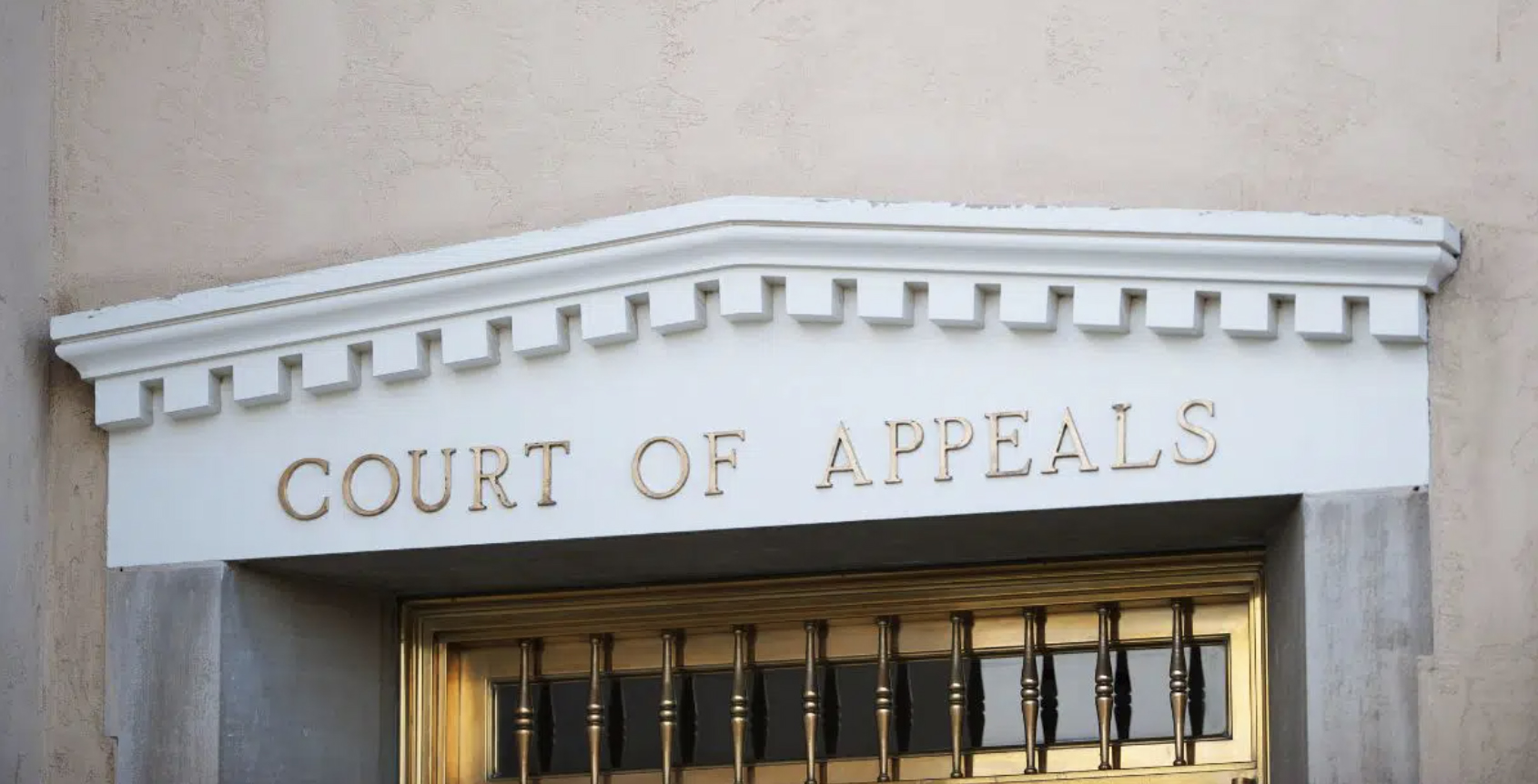6 Post-Trial Options To Consider Before Filing A Civil Appeal
Your civil trial is over or summary judgment was entered and you are not pleased with the outcome. You may think an appeal is your only alternative. Before you start the appellate process which includes specific notification timeframes and filing deadlines, you should first consider your post-trial options.
Depending on your case and the specifics of your trial, you may benefit from filing a motion in the trial court asking the judge to modify, correct, or even vacate the judgment. When considering your best post-trial alternatives, these are the six most common post-trial motions brought in California.
1. Motion for Judgment Notwithstanding the Verdict (JNOV)
If you lost your case at trial, you may consider filing a Motion for Judgment Notwithstanding the Verdict (JNOV) if you believe the court would have granted a Motion for Directed Verdict if that motion had been made during the trial. A JNOV motion challenges the legal sufficiency of the trial evidence and argues that the verdict should be overturned. A Motion for JNOV also requests the trial court to enter a different judgment, usually in your favor.
2. Motion to Vacate or Set Aside the Judgment
Under certain circumstances, someone who is affected by a court order or judgment can go back to that court and ask the judge to vacate or set aside the judgment. This type of motion can be filed after the court’s ruling and before the entry of the judgment, or within 15 days of the date the party was served with written notice that the judgment was entered, or within 180 days after the judgment was entered, whichever occurs first. Different laws and rules apply to different types of cases and a party must meet specific requirements to bring a Motion to Vacate or Set Aside.
3. Motion to Correct a Clerical Error
If a clerical error is found in a written judgment, the court can bring a Motion to Correct at any time, or a party to the case may file a Motion to Correct within 30 days after the court clerk mails notice of the entry of that judgment. A Motion to Correct may request the correction of any clerical errors in the judgment to conform to the judgment as stated.
4. Motion to Amend Judgment
Under certain circumstances, the California Civil Code of Procedure (CCP) allows a party to a lawsuit to file a Motion to Amend a judgment after it is entered. CCP Section 187 grants broad jurisdiction to the court facing this type of motion. The court is not required to consider additional evidence or a further hearing to decide a Motion to Amend. Instead, the court can rule on the motion based upon the written evidence and the party’s statements. This section of the CCP liberally allows amendments to serve the interests of justice.
5. Motion for Relief from Judgment
If a judgment or other order was entered against you, or if your case was dismissed as a result of your mistake, surprise, or understandable neglect, you may be able to file a Motion for Relief from that ruling. A request for relief must be filed with a copy of the answer or other document you propose to file in support of your motion or the request will be denied. This motion must be made in a reasonable time not to exceed six months after the judgment, ruling, or dismissal was granted.
6. Motion for a New Trial
- After a trial decision or judgment is issued by a judge or jury, a party may file a Motion for a New Trial asking the trial court to reconsider one or more issues of law or fact. Section 657 of the California Civil Code of Procedure describes several possible situations that may justify a Motion for a New Trial including:
- • Irregular proceedings stemming from the court, a jury member, or the adverse party, or a court order, or some abuse of court discretion that denied a party from having a fair trial
- • Jury misconduct
- • Accident or surprise during the trial
- • New evidence not discovered until after the trial
- • An award of inadequate or excessive damages
- • Insufficient evidence presented at trial to support the decision or verdict, or
- • A legal error that happened during the trial.
The party bringing this motion must prove the error materially affected his substantial rights during the trial. A Motion for New Trial must be filed within certain timeframes after the decision is given. Your motion will be denied if you fail to file in time.
Post-Trial Procedural Law is Complicated
California law provides several post-trial options for litigants before pursuing an appeal. As you can see, the rules and regulations are complex and strict, and the time limits are unforgiving. Failure to follow the specific requirements can lead to case dismissal, contempt, or even sanctions. It is incredibly important to understand and follow the procedural rules in the California Code of Civil Procedure.
Attorneys Noreen Evans and Deirdre Kingsbury understand the legal intricacies involved in trial litigation, post-trial actions, and appeals. If you have received an adverse court ruling, they can answer your post-trial questions and explain your options. At Evans Kingsbury LLP, we are civil litigation and appellate lawyers with decades of trial experience. Call us today at (707) 596-6090 or fill out our easy contact form to discuss your situation.

